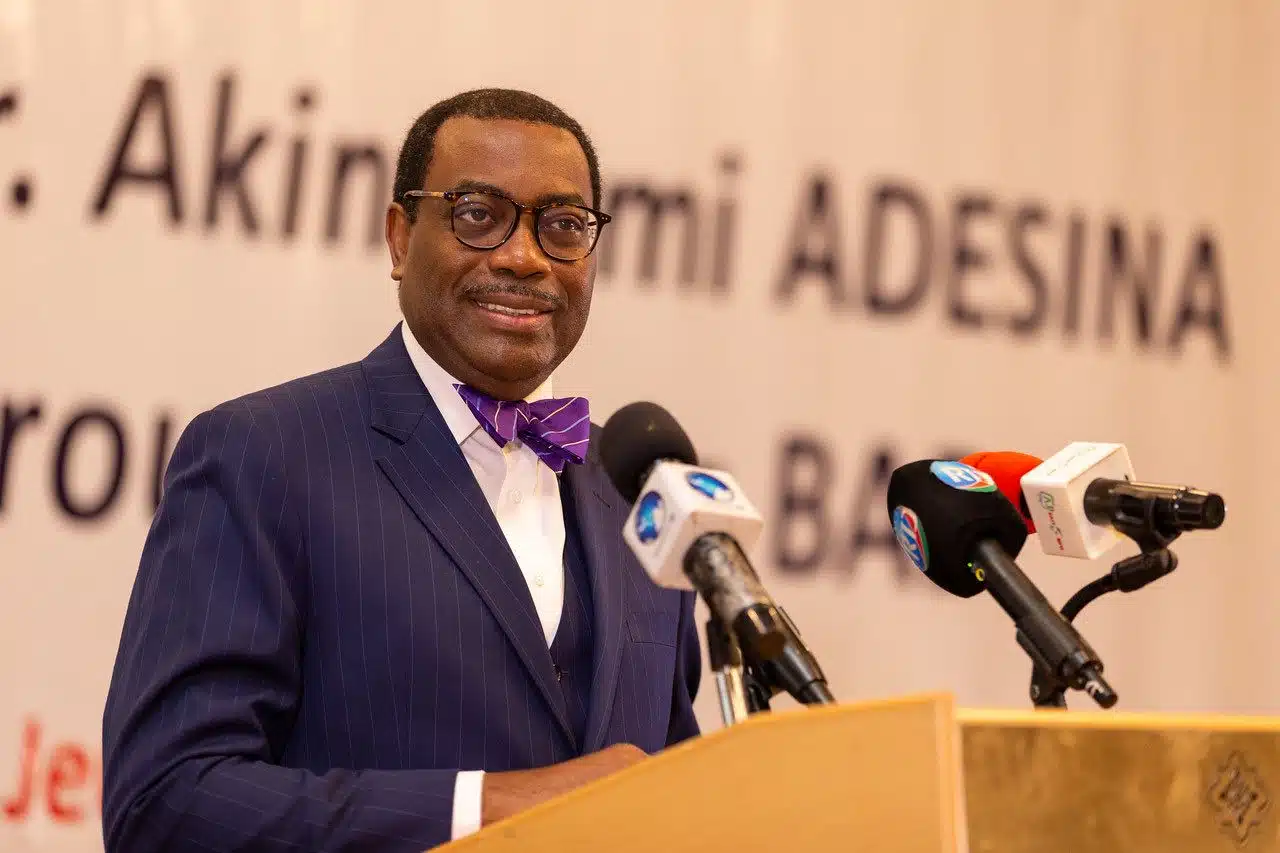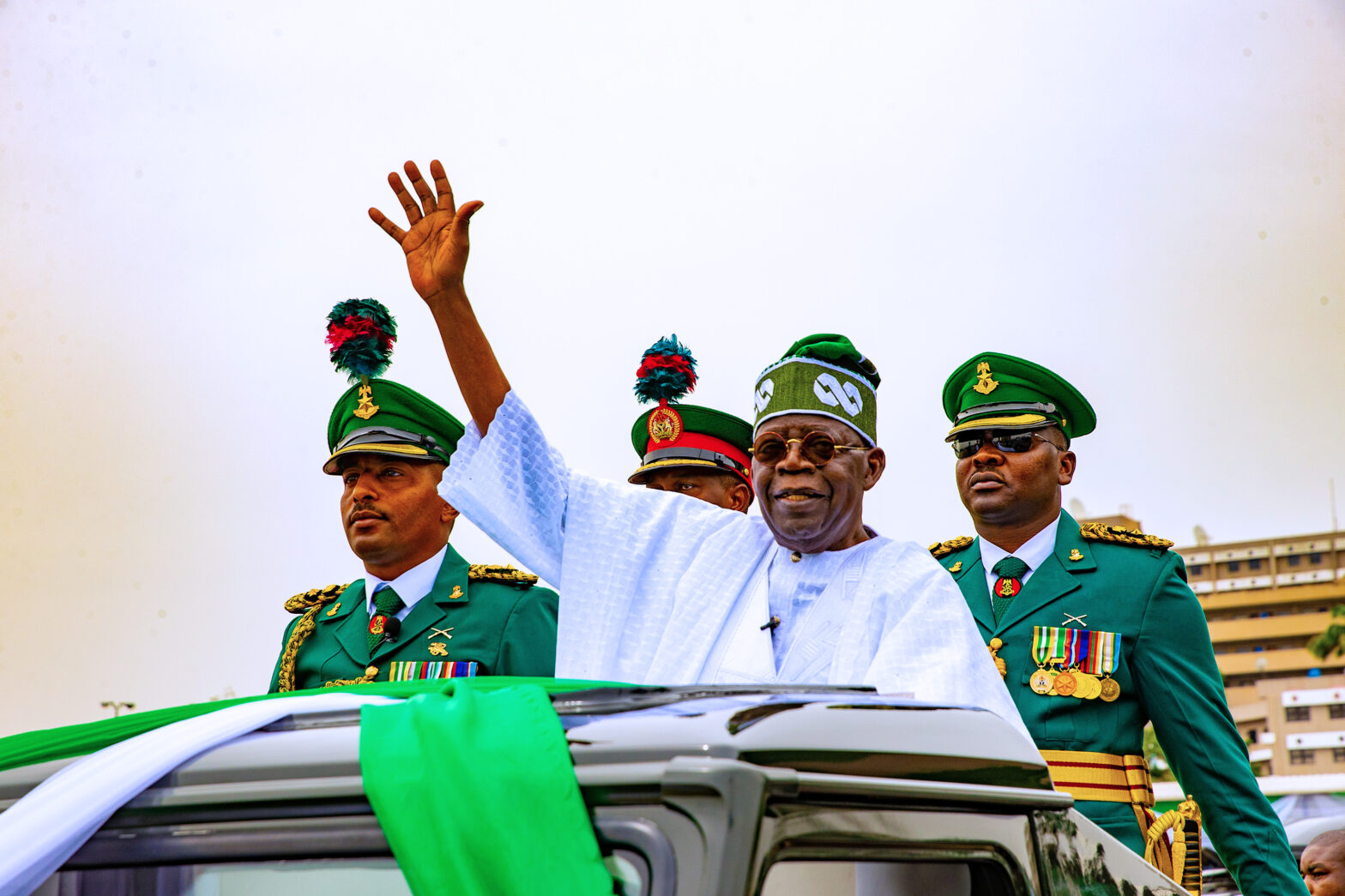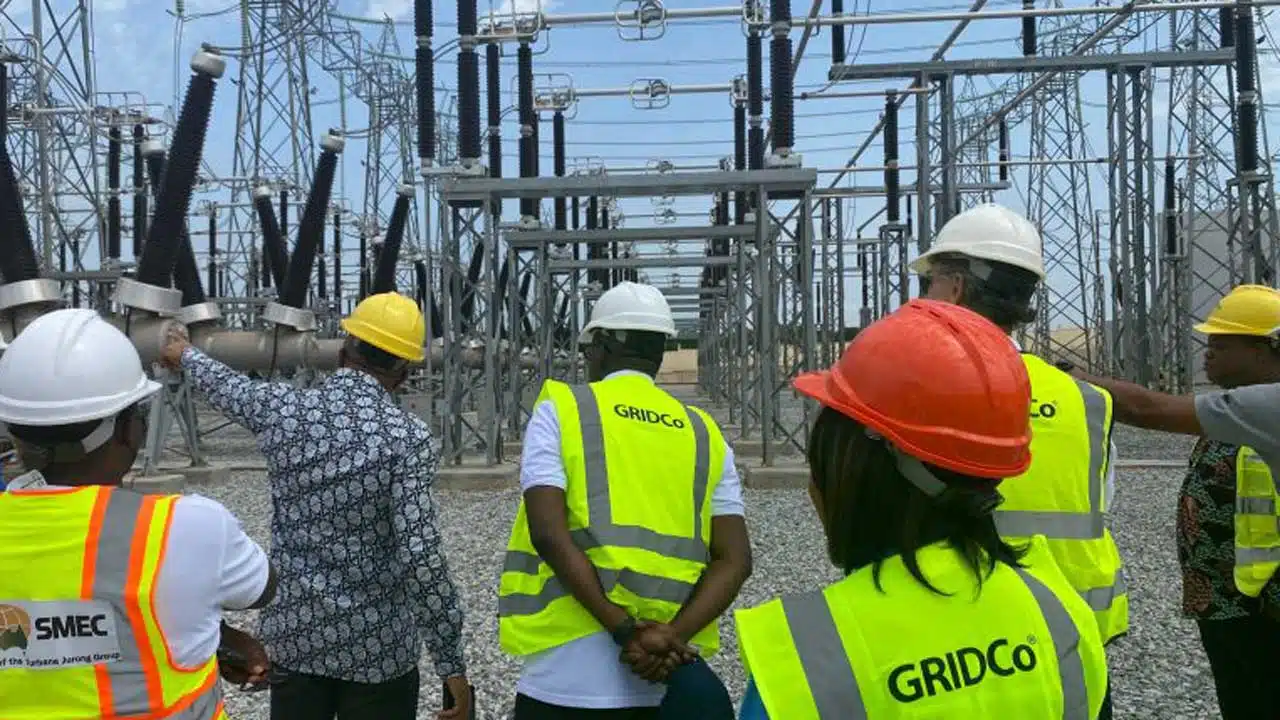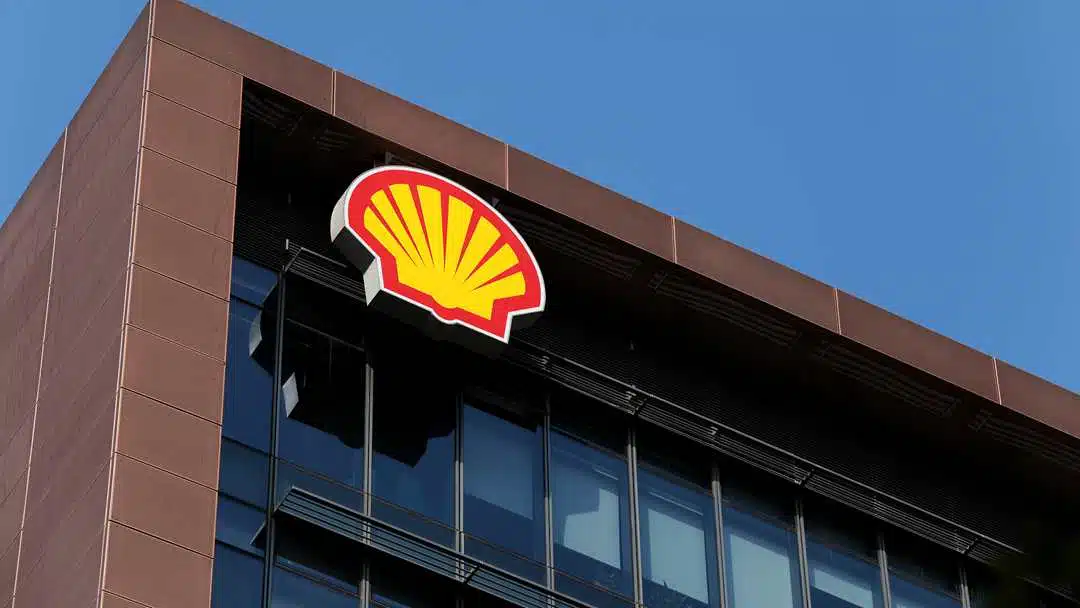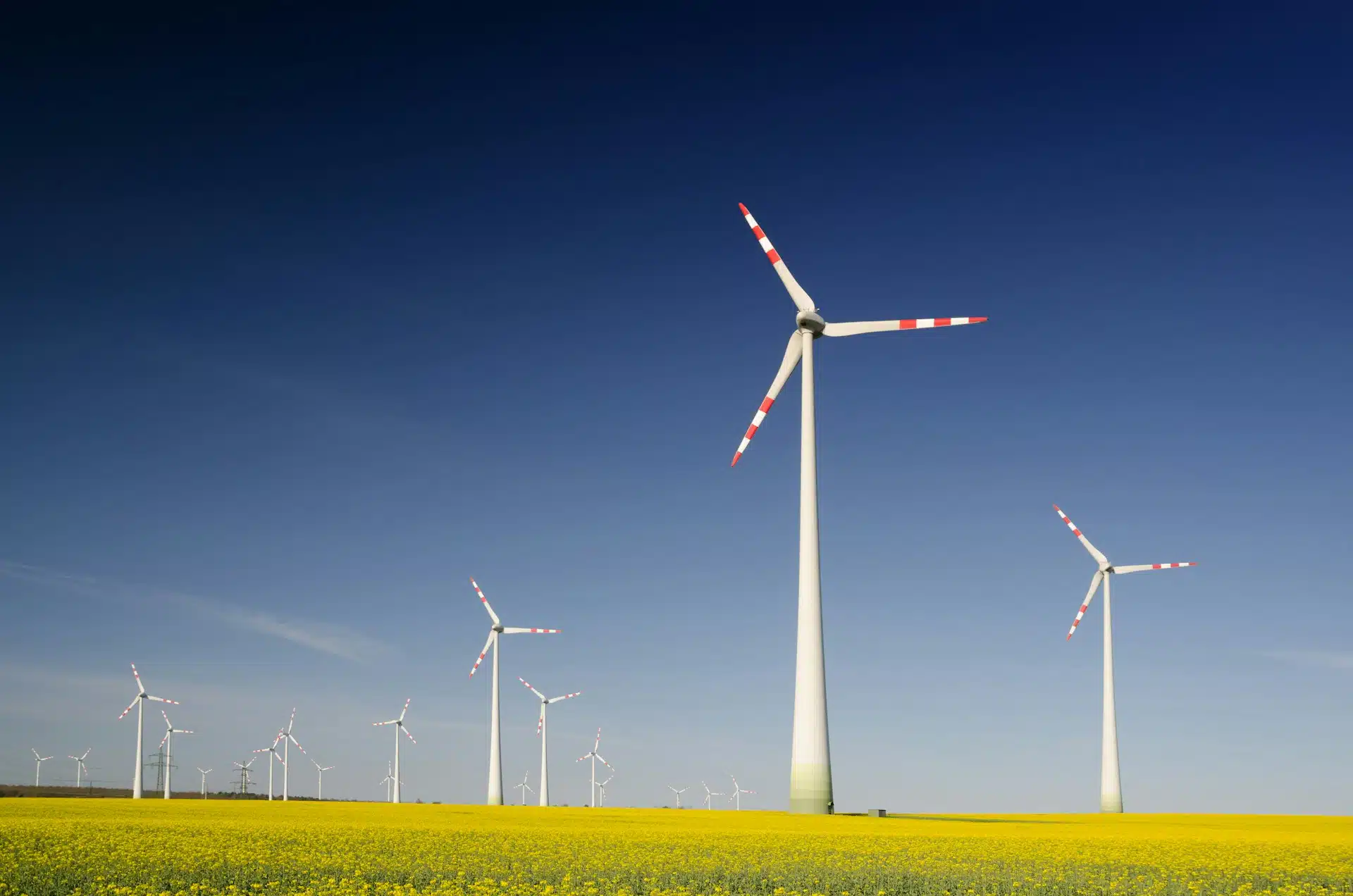Like every good thing in the world, the tenure of the quintessential economist and president of the Africa Development Bank (AfDB), Akinwunmi Adeshina, has finally come to an end.
Adeshina, a Nigerian and former Minister of Agriculture, became the president of the intercontinental bank in May 2015 and was reelected unanimously in August 2020.
The Nigerian economist is perhaps the most consequential leader of the AfDB in recent history.
Often dressed in a tailored suit and signature bow tie, Adeshina commanded a renewed optimism for Africa’s economic growth through developmental support and revenue mobilization for mega projects across the continent.
As president, he unveiled five all-encompassing objectives for Africa known as “High 5” — all centered around sweeping projects and rapid industrialization of the continent.
The objectives, according to the former Agric Minister, included:
- Light up and power Africa
- Feed Africa
- Industrialise Africa
- Integrate Africa
- Improve the quality of life for Africans
Light Up and Power Africa
Perhaps the most far-reaching and defining objective of Adeshina, Light Up and Power Africa represented the all-inclusive initiative to provide electricity to a continent that has been steeped in darkness for the longest time.
Africa has more people living without electricity and without access to simple cooking gas than any other place in the world.
Going by a mild estimate, about 640 million people are without electricity on the continent.
This is more than the number of people in the United States, Canada, and Mexico combined.
Properly launched in 2016, Light Up and Power Africa was expected to help the continent achieve universal electricity access by 2025, with a strong focus on encouraging clean and renewable energy solutions.
According to the bank’s website, the initiative would focus on “… providing 160 GW of new capacity, 130 million new on-grid connections, 75 million new off-grid connections and providing 150 million households with access to clean cooking solutions.”
The initiative was expected to draw resources from different stakeholders and partners to help underserved communities access electricity and clean cooking.
Between 2016 and 2025, Light Up and Power Africa would require between $60 billion and $90 billion annually to succeed.
But resources weren’t as forthcoming as anticipated, as partners scaled back some of their commitments amid global economic crises, geopolitical tensions, and a reallocation of capital to other seemingly pressing concerns.
In 2024, the AfDB announced that Light Up and Power Africa had brought electricity to about “25 million people” in the past eight years.
Other sub-projects targeted at Africa’s electrification
AfDB, under Adeshina, had a quite interesting approach to the electricity crisis in Africa—development support and project-oriented initiatives, most of which were targeted at renewable energy and climate-friendly programmes.
In 2019, Adesina launched Desert to Power, aiming to harness the Sahel’s vast solar potential, produce 10 GW of photovoltaic energy, and connect 250 million people.
In partnership with the World Bank, the financial institution also launched the Mission 300 programme with the target of providing electricity to 300 million Africans between now and 2030.
These programmes are not without some major wins. Some of these include:
- A $29.5 million package for a 62 MWp solar PV plant in Sokodè, Togo
- A $1.5 million hydroelectric infrastructure project in Congo
- A $10 million equity investment in the ARM-Harith Successor Infrastructure Equity Fund in Nigeria
Other projects by the bank achieved under the reign of Adeshina can be found here.
Waning international support
Meanwhile, Africa’s electrification programmes are not without their setbacks and challenges — perhaps the biggest being the waning support from global donors.
While the bank has grown its own capital from around $90 billion in 2015 to over $300 billion in 2025, it has also faced major pushbacks in some of its climate adaptation efforts across the continent.
Adeshina, who strongly believed that Africa is an unfortunate recipient of the consequences of carbon emissions from the West and China, had repeatedly condemned in strong terms the attitude of these big players towards development in Africa.
In an interview granted in 2024, the AfDB leader said climate change — largely driven by global economic powerhouses — cost Africa nothing less than $150 billion in economic losses.
This includes livestock destruction, farmland devastation, erosion, and greenhouse gas emissions that pollute the environment.
“But Africa is not getting what it needs to adapt to climate change. Africa received just $30 billion per year for climate adaptation, while its needs are $277 billion per year, leaving a huge financing gap,” Adeshina said dispassionately in a statement.
Perhaps the biggest pushback the continent faces is geopolitical realignment, particularly from the United States under President Donald Trump.
Trump, who hasn’t been a strong ally of global development efforts, has rolled back some of the funds for the bank in recent times.
Beyond that, the Trump administration ended an initiative known as Power Africa, which once helped provide electricity to millions of people on the continent.
Trump has also harshly criticized initiatives around renewable energy and other climate-related projects, which he believes are obstacles to his “drill, baby, drill” campaign for increased oil and gas production.
More critically, the Trump-led administration is planning to slash $555 million in funding for the African Development Bank’s main development fund as part of sweeping cuts to foreign aid.
Also, the US — being the primary contributor to the World Bank, AfDB’s main financial backer — may not support funneling its resources toward renewable energy projects in Africa. This puts an estimated $40 billion worth of electricity development plans under serious threat.
A bleak, or promising future?
For Adeshina, the ebbs and flows of managing a development institution with massive responsibilities and limited support from local governments have been a continuous challenge.
As he steps down as president, the future of electricity development in Africa becomes more uncertain.
First, the end of Adeshina’s tenure might signal the closure or restructuring of the “High 5” initiative, depending on the priorities of new leadership.
In addition, amid growing protectionism and a hawkish tariff environment driven by Trump’s trade wars with China and others, AfDB may have to prioritize fiscal restraint, local resource mobilization, and—more importantly—balancing the book to keep its head above water.
So far, apart from the World Bank, AfDB is the continent’s largest backer of large-scale infrastructure, including power-related projects.
With over 600 million people still trapped in deep energy poverty, the future of Africa’s electrification will rest largely on the will of this development institution—and how determined the next leaders are to keep the lights on.

